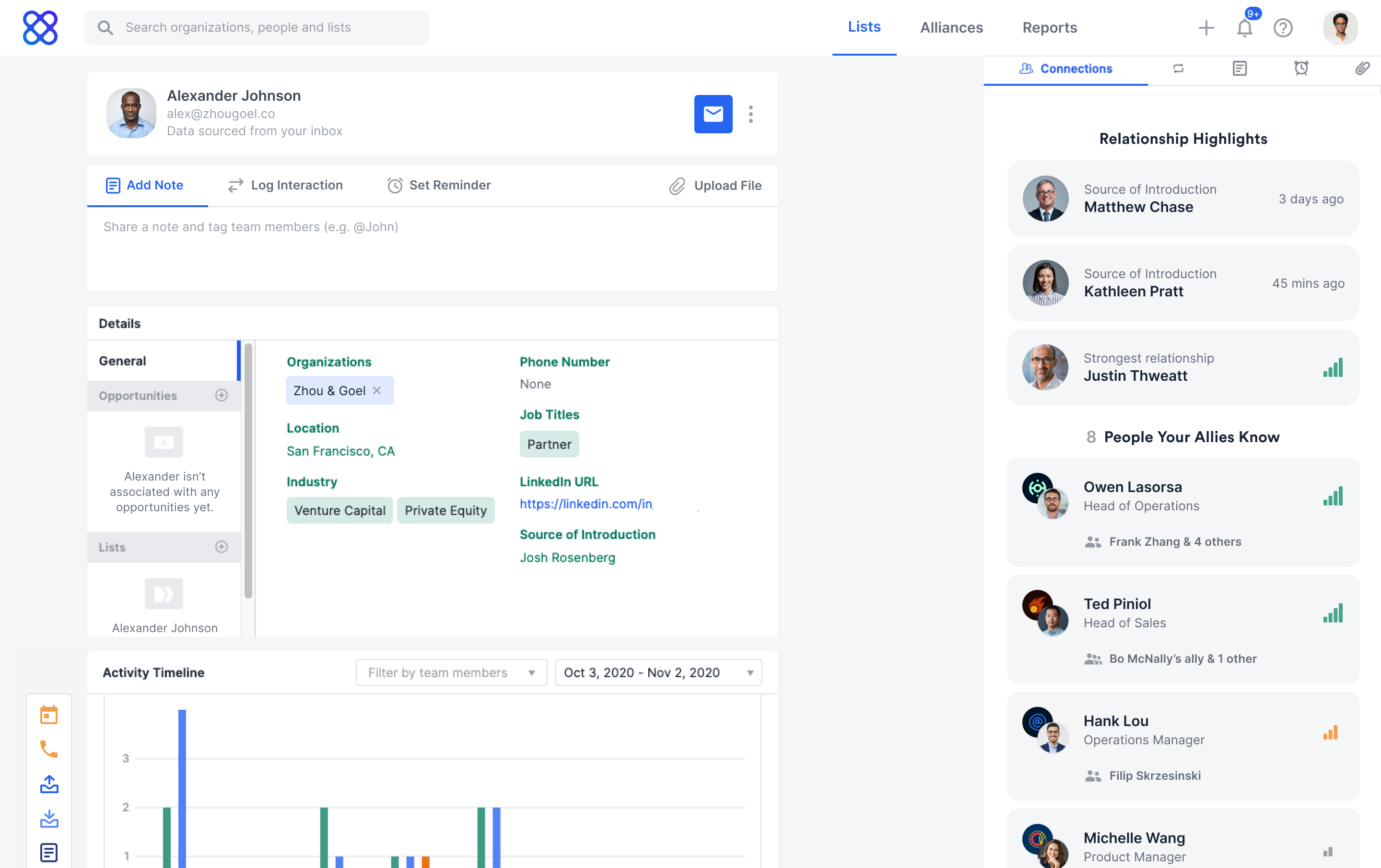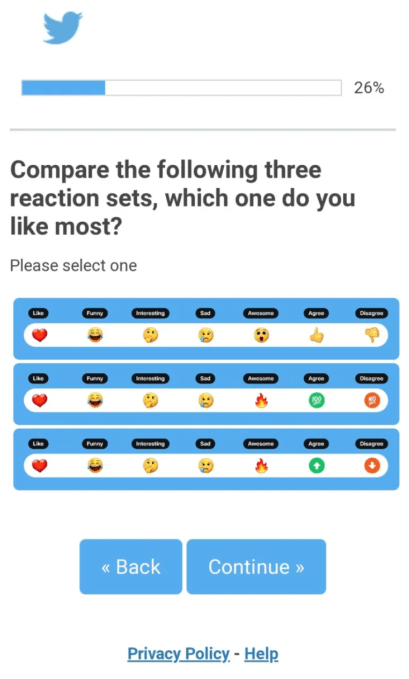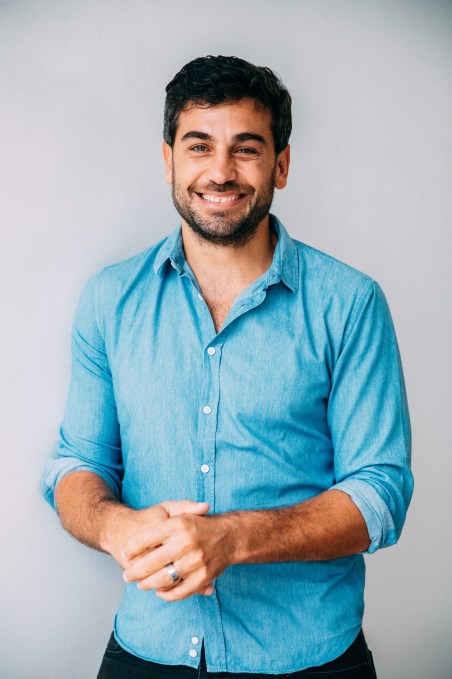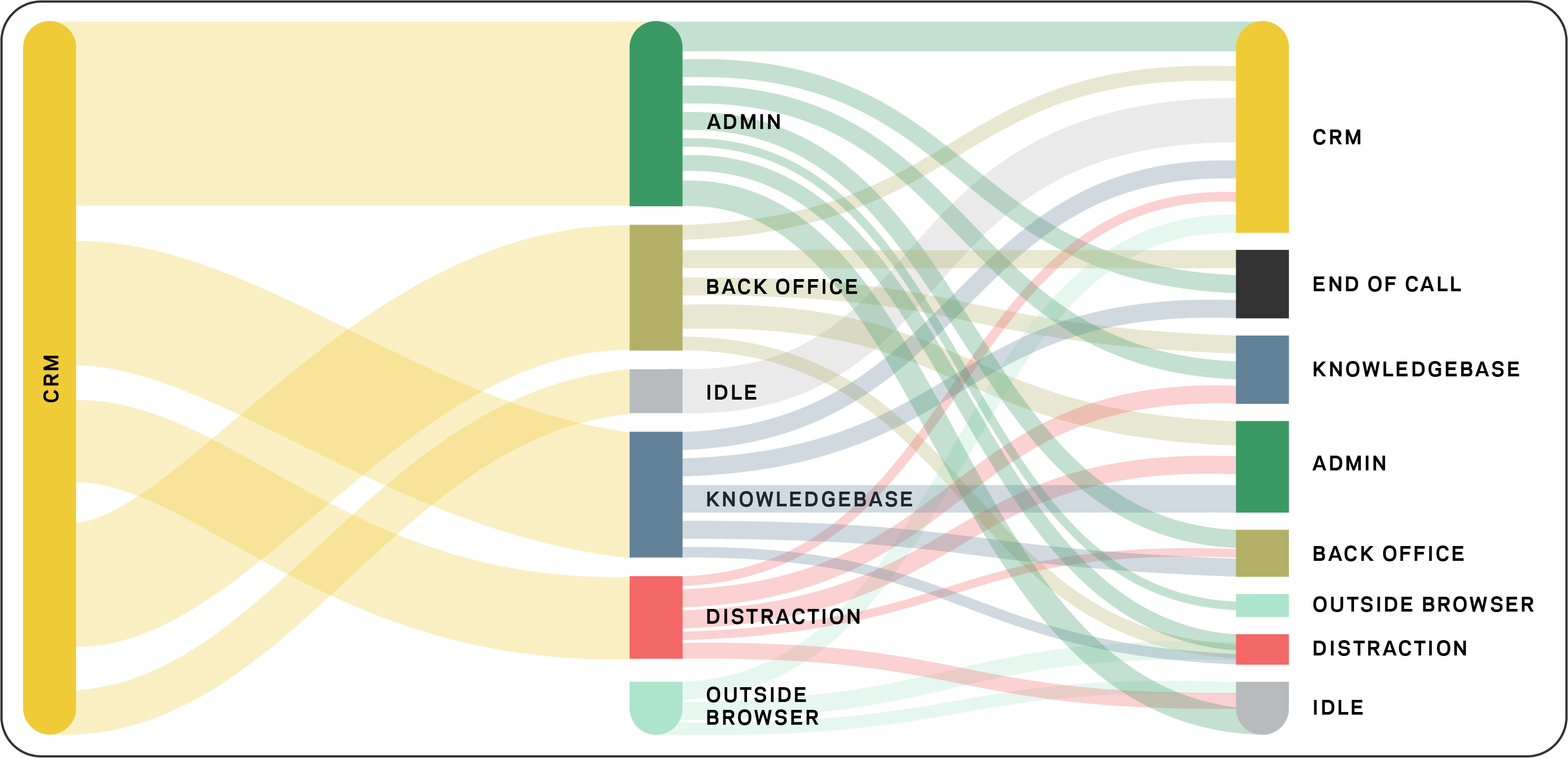News: DotCom Therapy raises $13M to provide therapy for kids, in and out of school
DotCom Therapy, a pediatric teletherapy company, just closed a $13 million series A round. It’s far from the only teletherapy company looking to capitalize on a boom in venture capital investment in mental health startups, but it’s operating in a hyper-specific sphere: therapy for kids. DotCom Therapy was originally co-founded in 2015 by Rachel Mack
DotCom Therapy, a pediatric teletherapy company, just closed a $13 million series A round. It’s far from the only teletherapy company looking to capitalize on a boom in venture capital investment in mental health startups, but it’s operating in a hyper-specific sphere: therapy for kids.
DotCom Therapy was originally co-founded in 2015 by Rachel Mack Robinson, who, at the time, was a practicing pediatric therapist at a neurology clinic in Missouri, and Emily Purdom, also a speech language pathologist. Purdom is no longer involved with the company.
The pair noticed a pattern that still holds true in 2021: about one in five children in the US experience a mental disorder (like ADHD, or anxiety or depression for example), but just 20 percent receive treatment from a mental healthcare provider, per the CDC.
DotCom Therapy’s bet is that teletherapy can close that gap.
In the company’s infancy, Robinson called school districts across the country asking to pilot a teletherapy program. Her first greenlight was a district in rural Alaska, where Robinson delivered a combination of in-person and teletherapy.
Today, the company provides fully online speech, occupation and behavioral therapy and has still focused on partnering with schools and other youth programs, like Little League (the company provided mental health services for the Little League World Series Tournaments). DotCom Therapy has partnered with over 400 schools (in over 100 districts) in 38 states, so far.
With this most recent round of funding, the company plans to expand operations beyond school districts, and scale up their service to reach kids both in and out of school. The program for families specifically is called Zesh, an online therapy platform that matches kids with therapists, schedules visits and hosts video calls.
“Our main customer base was K-12 school districts. We have the core of our business rocking and rolling with our education market,” says Robinson. “But we know that we are wanting to expand our footprint, enter into health systems and also offer services for private patients through working different health plans,” she says.
This Series A was led by New Capital Partners – a firm with a history of success in the telemedicine space. New Capital Partners were early investors in Teladoc, a virtual healthcare company founded in 2002. Teladoc went public in 2015 at an enterprise value of $620 million. The round was flushed out with investment from LRVHealth and OSF Ventures.
Will Cowen, general partner of LRVHealth, Stan Lynall, the vice president of investments for OSF Ventures, and James Outland, managing partner of New Capital Partners will join DotCom Therapy’s board. In total, the company has raised $14 million in funding.
Before the pandemic, Robinson says the greatest barrier to success would have been hooking school districts and families on teletherapy. The pandemic has changed that outlook significantly.
In response to COVID-19, restrictions on reimbursement for telehealth services, as well as geographic requirements for telehealth services were loosened. Use of telehealth services peaked in April 2020, but has since stabilized at about 38 times pre-pandemic usage, according to a July 2021 McKinsey report.
With a move outside of school-based partners, DotCom Therapy will be entering into the wider sphere of mental health and telehealth, where there’s a significant amount of competition. Those range from unicorns like TalkSpace to other startups.
At least in Robinson’s view, a specific focus on kids’ telehealth, and the specific disciplines of occupational and speech therapy will help to set DotCom apart in an increasingly crowded space.
“The majority of our competitors, I like to think, are the Teladocs, or the Gingers. But for them, the main focus has been on the adult population,” she says.
DotCom Therapy does have general research backing the idea that online speech and occupational therapy for kids works. One systematic review of seven studies on telehealth-delivered speech and language therapy made significant improvements in children’s language skills that were comparable to in-person therapy – though the research is still limited.
In general, a lack of platform specific validation has common critique for other mental-health telemedicine companies. DotCom Therapy has released white papers suggesting children have benefited from their teletherapy program. However, Robinson didn’t disclose any additional ongoing validation studies focused specifically on DotCom’s service.
Instead she notes that the company has worked with two advisors Andre Ostrovsky, a former chief medical officer of Medicaid and Colleen Kraft, a past president of the American Academy of Pediatrics, to develop and track outcome metrics for each service.
“This will include DSM-5 cross cutting measures, ASHA’s functional communication metrics & proprietary occupational therapy outcomes generated from a team of occupational therapists from masters to doctorate level,” says Robinson.
On the business side, DotCom’s current school district based approach is a multifaceted process – it takes more than just downloading an app. In one sense, they provide a service rather than just a platform.
DotCom Therapy aims to become embedded within school districts the company works with. If a school has about 150 students that require speech therapy, for instance, DotCom Therapy will determine how many therapists they believe a school might need.
“We have a proprietary calculator that we’re able to identify the number of therapists that we need to deploy for that specific location,” Robinson says. Overall it takes about 21 days to match therapists with students, per DotCom Therapy’s website.
DotCom Therapy will also coordinate with administrators at K-12 school districts who can be in the room while kids participate in therapy (there’s a video of how that works here), and will also handle the scheduling, and tracking of all student sessions.
So far, DotCom Therapy has employed about 200 therapists, says Robinson, who are all employed as W-2 employees, rather than independent contractors. The company has about a 97 percent retention rate for employees, says Robinson. On the customer side, the company has retained about 90 percent of customers.
With this Series A round, Robinson says the company is focusing on expansion into all fifty states by January, and by building out the services for private families.
“I just feel a lot of urgency for us to grow quickly, but in a very smart way to be able to meet the demand without compromising quality. So what keeps me up at night is really making sure that we can grow at a healthy pace,” says Robinson.









